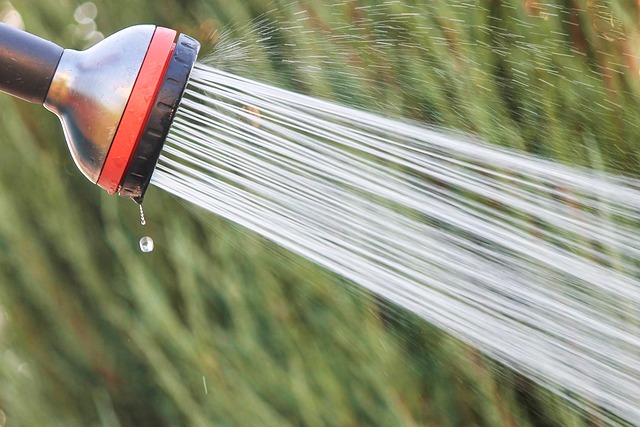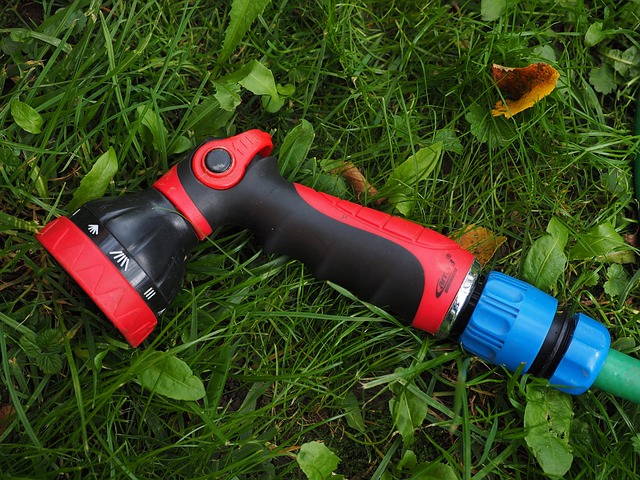Water conservation through replacing old shower heads with modern, water-efficient models is an easy DIY task that saves money, reduces environmental impact, and enhances shower experience. This simple step involves turning off the main water supply valve, removing the old head, inserting and screwing in a new one clockwise, and sealing connections to prevent leaks.
Save water and boost your shower experience by considering a simple yet effective upgrade: replacing your shower head. In today’s conscious effort to conserve water, understanding the impact of shower heads is key. This article guides you through the process with a step-by-step approach, focusing on the significant benefits of improved pressure and efficiency. Learn how this seemingly small change can make a big difference in both your utility bills and environmental footprint.
- Understanding Water Conservation: The Impact of Shower Heads
- Benefits of Replacing Your Shower Head: Improved Pressure and Efficiency
- A Step-by-Step Guide: How to Replace a Shower Head Successfully
Understanding Water Conservation: The Impact of Shower Heads

Water conservation is an essential practice for protecting our precious resources and ensuring a sustainable future. In the quest to save water, one often-overlooked area is the simple act of replacing your shower head. It might seem like a minor change, but the impact can be significant.
Shower heads are responsible for a substantial amount of household water usage due to their constant flow and high pressure. Older models, in particular, can waste gallons of water every minute. By replacing your shower head with a modern, water-efficient design, you can reduce water consumption without sacrificing performance. This simple step allows you to control water usage, lower your utility bills, and contribute to the overall conservation effort, making it an easy and effective way to make a difference—a straightforward process that anyone can accomplish by learning how to replace a shower head.
Benefits of Replacing Your Shower Head: Improved Pressure and Efficiency

Replacing your shower head is a simple yet effective way to save water and improve your daily shower experience. One of the key benefits is enhanced pressure, which can make your shower feel more refreshing and invigorating. Modern shower heads are designed with advanced flow technologies, ensuring that every drop counts without compromising on performance. This is particularly beneficial for areas with low water pressure, where a new shower head can transform your routine into a satisfying experience.
Furthermore, replacing your shower head offers significant efficiency gains. Older models often have higher flow rates, wasting precious water. Newer shower heads are engineered to provide the same excellent cleansing while using less water, helping you reduce your environmental impact and lower water bills. Learning how to replace a shower head is a straightforward process that can yield substantial long-term benefits for both your wallet and the planet.
A Step-by-Step Guide: How to Replace a Shower Head Successfully

How to Replace a Shower Head Successfully
Replacing your shower head is a straightforward DIY project that can save water and improve water pressure. To get started, gather the necessary tools: an adjustable wrench or pliers, your new shower head (make sure it’s compatible with your existing shower arm), and possibly some Teflon tape or pipe compound to seal the connections. First, turn off the main water supply valve located under the sink or in your basement. This step is crucial to prevent any water leaks during the replacement process. Then, remove the old shower head by unscrewing it counterclockwise with your wrench or pliers. Be mindful of any water residuals on the threads to avoid slipping. Once removed, clean the shower arm and threads to ensure a proper seal. Next, insert the new shower head and screw it on clockwise until snug, being careful not to overtighten. Finally, wrap a small strip of Teflon tape or apply pipe compound around the connection points to create a water-tight seal, completing your successful shower head replacement.
Replacing your shower head is a simple yet effective step towards water conservation, offering both improved pressure and efficiency. By choosing a low-flow model, you can significantly reduce water usage without sacrificing performance. Following the provided step-by-step guide ensures a hassle-free installation process, allowing you to enjoy the benefits of a more sustainable shower experience. Take action today and embrace this easy way to save water, ensuring a brighter future for our precious resources.
